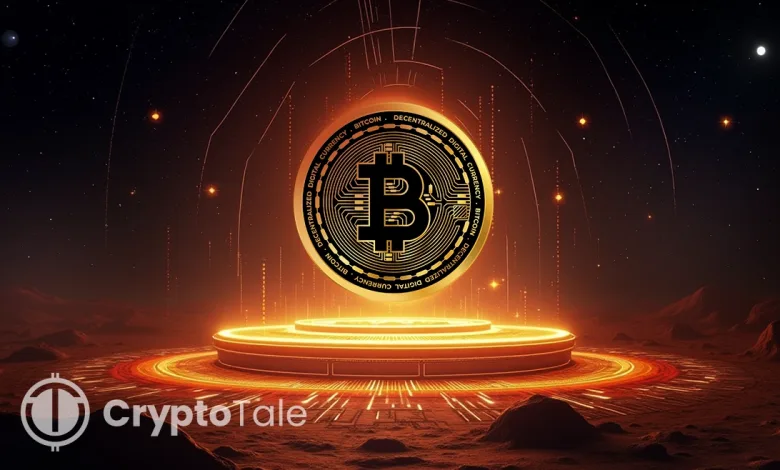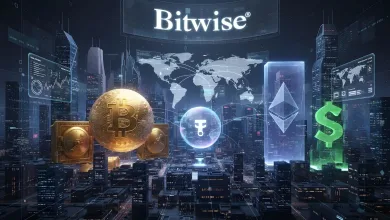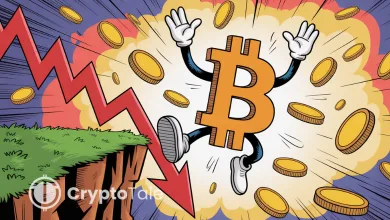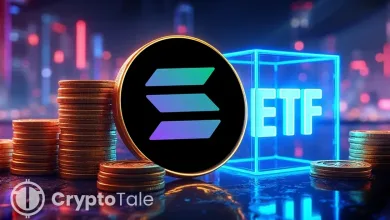New Proposal Aims to Protect Bitcoin from Quantum Attacks

- QRAMP proposal aims to protect Bitcoin UTXOs from future quantum computer threats.
- Agustin Cruz’s proposal could burn legacy Bitcoin coins if not migrated to secure wallets.
- Bitcoin Core may reject transactions from unprotected UTXOs after QRAMP deadline.
A new Bitcoin Improvement Proposal (BIP) draft has been introduced by Bitcoin developer Agustin Cruz, highlighting a critical move to protect Bitcoin from potential quantum computing threats.
Named the “Quantum-Resistant Address Migration Protocol” (QRAMP), this proposal includes a hard fork consensus change that would force the migration of unspent transaction outputs (UTXOs) vulnerable to quantum attacks. The proposal has been posted on the Bitcoin-Dev mailing list but has not yet been assigned a BIP number.
Addressing Quantum Threats to Bitcoin
The progress of quantum computing presents a substantial danger to cryptographic security in protecting Bitcoin. UTXOs rely on Bitcoin’s Elliptic Curve Digital Signature Algorithm (ECDSA) for security, which researchers predict future quantum computers might compromise. No quantum computer has breached Bitcoin’s UTXOs yet but experts predict successful operations will become feasible through advancing quantum technology in future years.
Cruz’s proposal aims to prevent this future threat by developing an automated system that helps Bitcoin users move their assets into quantum-secure wallets. According to Cruz, the QRAMP system offers an indisputable pathway for account owners to defend their cryptocurrency savings from upcoming potential quantum attacks. The proposed system seeks to protect Bitcoin from threats that may emerge from quantum computing developments.
QRAMP Proposal: Hard Fork and Migration Deadline
The QRAMP proposal outlines a hard fork consensus change that would activate once the proposal gains sufficient support. A countdown process will begin upon approval from the core developers of Bitcoin’s dominant software platform, Bitcoin Core. During the countdown, users will have a designated time to move their assets from legacy wallets to quantum-resistant wallets.
After the migration deadline, Bitcoin Core will reject transactions attempting to spend funds from old UTXOs that were not migrated to a secure wallet. These UTXOs will be effectively removed from Bitcoin’s circulation. This would significantly impact the total supply of Bitcoin, essentially “burning” these coins if they remain in legacy wallets past the deadline.
The Bitcoin community continues to debate the proposal even though it seeks to shield users from upcoming security threats. According to critics users who lack access to their wallets risk permanently losing their funds if they fail to meet the specified deadline.
Future of QRAMP and Bitcoin’s Quantum-Resistant Future
The QRAMP proposal remains in draft form, with no official BIP number assigned yet. Additionally, there is no consensus within the Bitcoin community regarding the best approach to securing Bitcoin against quantum threats. Various developers and experts are still discussing the most effective way to integrate quantum resistance without disrupting Bitcoin’s core functionality.
The potential of QRAMP to enhance Bitcoin’s resistance to quantum attacks creates security concerns about how it affects user accessibility. Because of the present challenges this proposal emphasizes the need to plan for future threats even though it addresses complications related to user contribution and wallet management.





